THEY SAY a picture is worth a thousand words, but in the case of one talented West Devon photographer there is much more to his images than meets the eye, writes Guy Boswell.
Colin Sargent, of Brentor, is probably the most patient man you will ever meet – all in the name of his art.
But to Colin, who works at the food plant Ambrosia in Lifton, his photography is much more than art .
He works long shifts as a forklift driver and spends his spare income on his part-professional life . Most of his spare time away from the forklift is which is spent in solitary silence in bird hides or prickly hedges or muddy ditches waiting for a nervous field mouse or shy fox.
This is Colin’s obsession, capturing wildlife in West Devon in all its natural beauty. He does so by using the latest high tech lenses and cameras combined with his years of experience which requires his valuable patience, leading to periods of silent, statuesque vigilance which can be many hours long and not far off the length of an Ambrosia shift.
However, he is versatile enough to also create an environment for images that will not exist in the wild. Famous photographs he has ‘stage managed’ have been recognised by publishers.
These include a mouse poking his head through a hole in a Jarlsberg Cheese, a barn owl and cat standing together in harmony, a blue tit drinking the cream top from a bottle of milk and the seemingly impossible - line-ups of hyperactive dogs all in one place.
Colin is also willing to travel outside the area, at the drop of a hat in a typical ‘twitcher’ style, to photograph a rare migrant bird in Dorset, for instance, or maybe not! And be prepared to travel back home again until the next time it is spotted for another day trip. In these long distance chases Colin is often joined by ‘long-suffering ‘ wife Carol. Though he says she is now getting the bug herself.
Another attribute which explains his ‘impossible’ pictures, is that of persistence.
Colin explains the mouse in the holey cheese process: “It was always something I wanted to do, but it doesn’t just happen. The best photographs often have a back story, whether it’s planning, knowledge and expertise or being in the right place at the right time. Even the later is down to experience. Photographing a mouse in a hole of a Dutch type cheese with holes was something I always wanted to do.
“Obviously mice won’t just crawl through a hole in a piece of cheese and pose for you. So, I thought about the steps one-by-one. The first step, you’d think was the easiest – getting the cheese. So, I went into Tavistock to Crebers, now Carters deli, because they have the big slabs of cheese which they cut to size. I was very demanding I suppose, because I needed a slice which had a good complete mouse-sized hole in it to work as a frame. It took many slices and revisits to the shop to get the right hole. Usually the shop assistant sliced a piece with part holes or no holes. To be honest I was pushing my luck because I couldn’t buy all the test slices and the shop couldn’t sell them all. Eventually, she cut the perfect slice and I was so pleased because I was about to give up and the shop was losing patience. I did take the photo and gave them a copy which they were delighted to have and put on the wall. My only problem then was to catch a mouse, but that was the relatively easy part.”
The mouse is one of his most popular requested images for reprint by customers and for publishing, but his most sought after is the blue tit pecking at the milk bottle and one of his most challenging projects.
“To start with I had to find a milk bottle; now that people don’t have their pints delivered in glass bottles, it wasn’t as easy as in the past. Also, fewer people that do have glass bottles delivered on the doorstep have the full fat milk. But I don’t have a problem with shortage of blue tits because I have feeders in the garden and they also nest in my bird boxes.
“I realised also that the era of supermarket cartons means that birds don’t have that learned behaviour of feeding from milk bottle cream during the winter. So, if I wanted the photo I had in my mind, I’d have to teach them to land on the bottles and peck through the foil tops and then feed. Simply putting bottles out for them didn’t work.
“So, I went to the dairy on Pixon Lane to buy the bottles and used the ‘bait’ of peanuts on the bottle top to lure them down, hoping they’d just peck through the foil. But of course I soon realised they wouldn’t do that because they don’t know the cream is there or can’t smell it through the foil and don’t recognise it through the glass anyway.”
His next move was to take off the foil and put a peanut directly on the cream - but again this failed because it merely sunk through the cream. Not to be thwarted Colin persisted: “I wasn’t going up so easily, so I bought a syringe from the chemist in town and removed the cream top through the foil and put more solid clotted cream in its place, so it was close to the top for the birds to reach.
“Then I rested the nut on top with a hole in the foil, this time it didn’t sink. But even then the blue tit just removed the peanut and flew off into the trees with it. My last act was to cover the nut in cream, then rest it on the top. Finally it worked, the bird came back down and fed on the cream and I had the shot. I had that idea many years ago and hadn’t realised how hard it would be!”Other examples of his patience needed to get the photos he wants are a line-up of springer spaniels (in Okehampton) and terriers, all hyperactive dogs and Bengal kittens.
A much-loved photograph by his customers is that of the unlikely pairing of a barn owl sitting serenely with a kitten on the back of a chair in the home off a Mary Tavy woman. Colin, who used to live in Mary Tavy, said: “I knew this lady since I was a child. She owned the owl and took it to schools to show the children for their lessons. I was in her kitchen with the owl sitting on the chair, when she brought in a kitten which was running round with the owl not showing any concern. It was used to living with kittens. So, it occurred to me that a great image would be with these two together. Normally of course, either the owl would eat small mammals, or a cat might kill the owl. But in this case I simply asked the lady to place the kitten next to the owl and be quick about a photo and it worked out. It was just a case being in the right place and have the bright idea.”
Colin certainly seized the moment when on his way to a wedding as a witness and to take photographs. He said: “I don’t really like doing weddings because of the pressure of getting it right on a couple’s most important day. I was all suited up and looking the part. But on the way there I just had to stop for a good photo opportunity, when I spotted a hare in a ploughed field. Of course I got to the wedding with rather muddy trousers, but in compensation, I got lovely photos of the hare.”
His expertise has been recognised and he was asked if a film crew could join him on one of his badger photography outings for a piece on ITV’s Wild Westcountry programme with presenter Nicola Davis: “I had a film crew filming me over two nights on location at Brentor and St Giles on the Heath. It was an amzing experience, being with the crew and cast and seeing myself on TV.”
One of his ongoing quests is to catch more shots of kingfishers and gold crests closer to home on Tavistock Canal: “It’s a matter of patience and being in the right place where people aren’t walking past, which is hard in the middle of Tavistock. I will get them, it’s only a matter of time.”
Do you have an idea for Colin’s next wildlife shot? You can email him at [email protected] or phone 07980 372909.
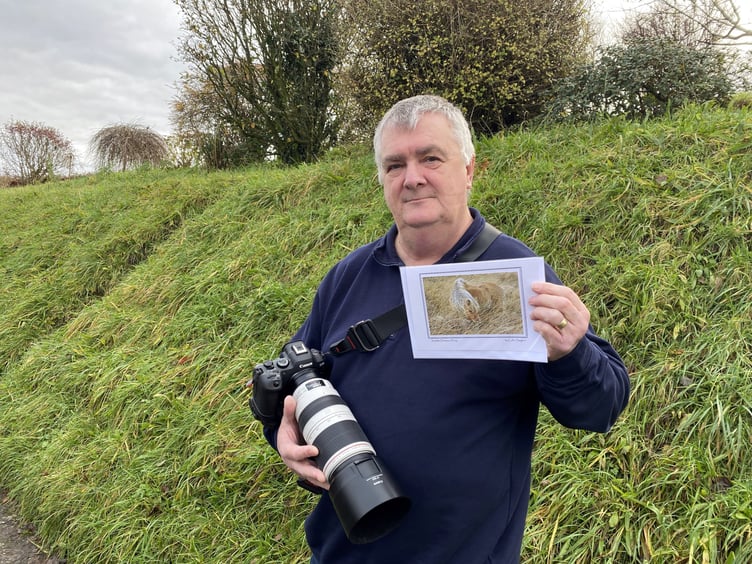
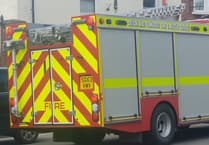
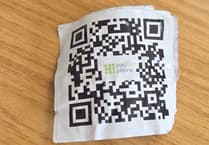
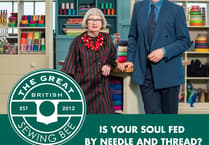
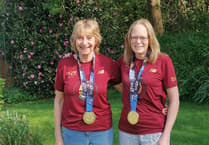
Comments
This article has no comments yet. Be the first to leave a comment.